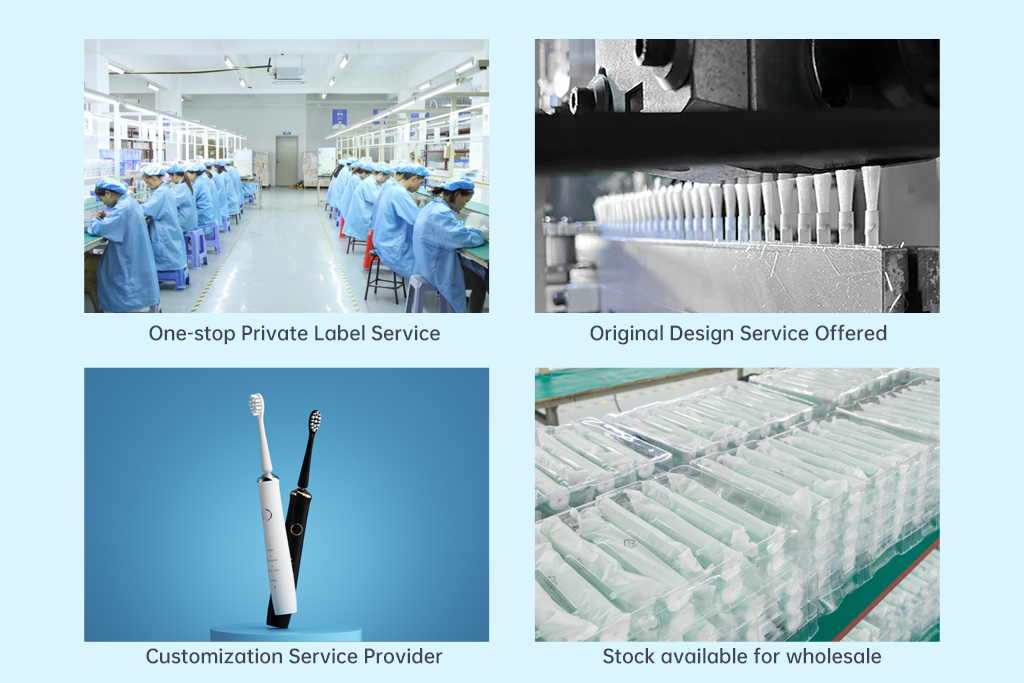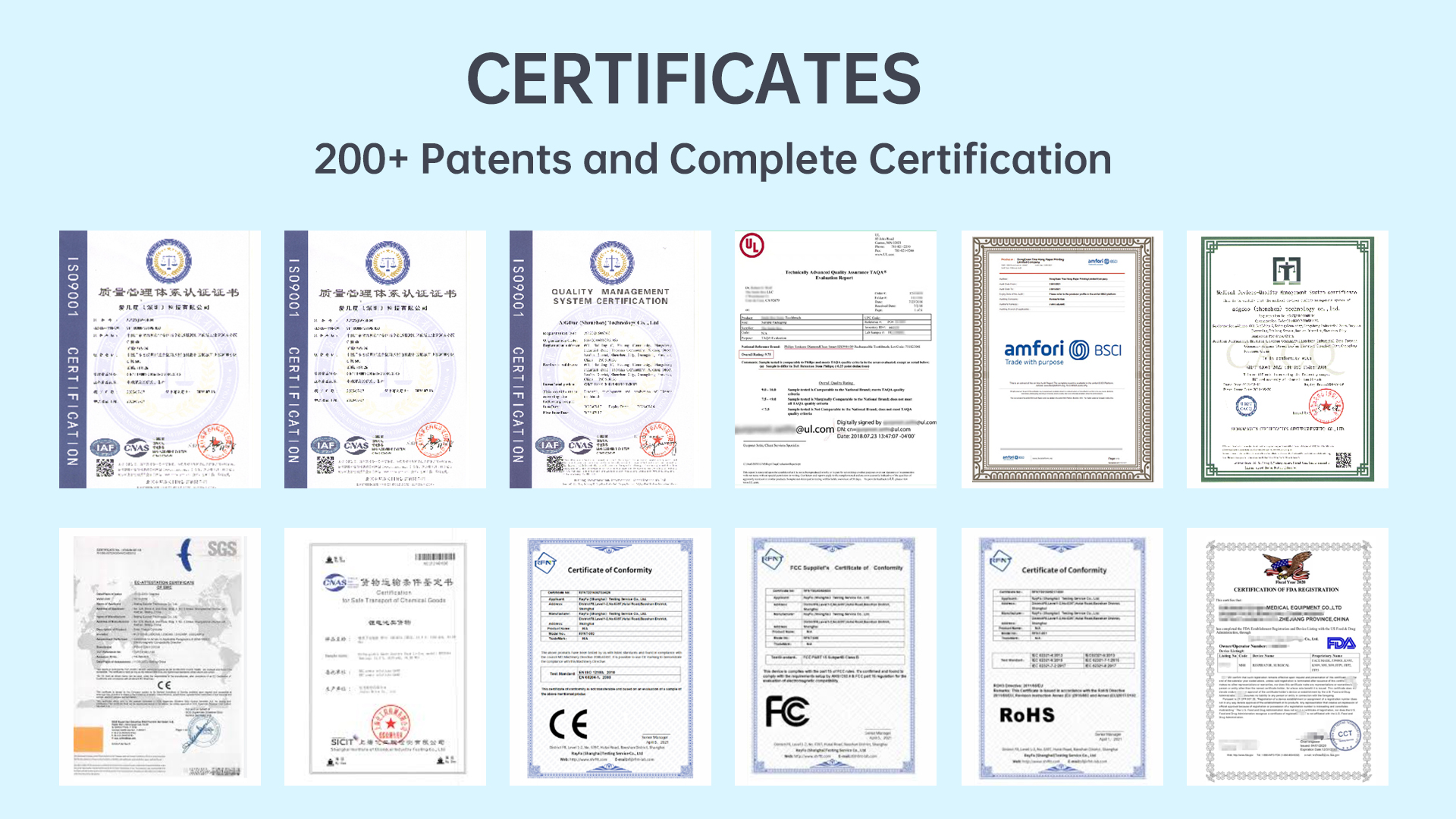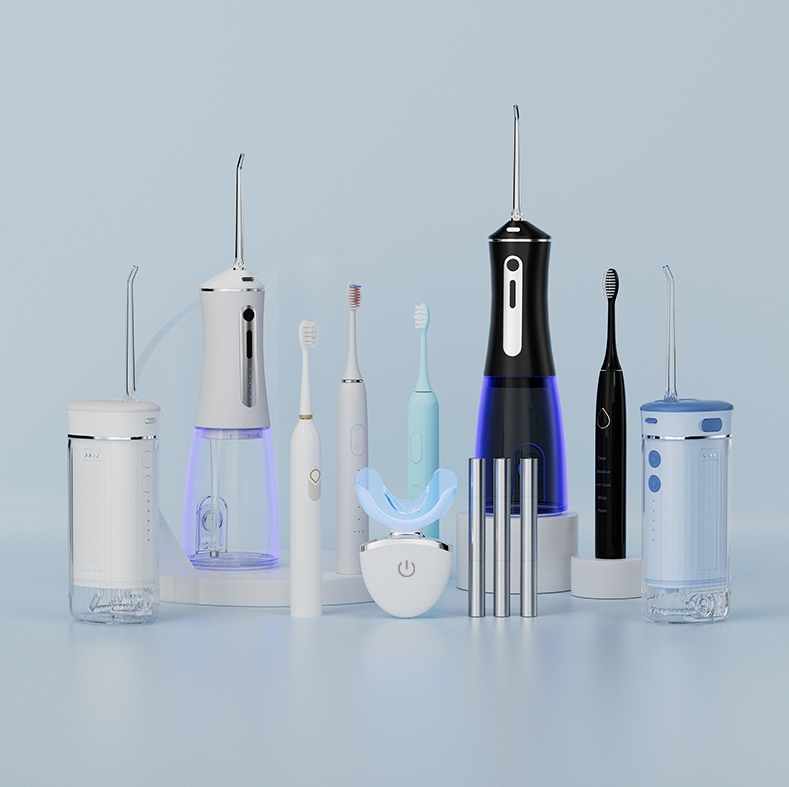When discussing oral care devices such as electric toothbrushes, water flossers, or whitening trays, the issue of taste residue is often overlooked. However, recent studies and user feedback have raised concerns that lingering taste residues—whether from flavoring agents, gels, or pastes—could contribute to an increased cavity risk if not properly managed. This blog explores how this subtle but critical factor may threaten dental health and what manufacturers can do to minimize it.
Taste residue refers to the remaining flavor or chemical agents on oral care device surfaces or within the oral cavity after use. These residues originate from:
If not fully removed, these residues can coat the tooth surface or remain in difficult-to-reach areas, interacting with saliva and oral bacteria.
So how does taste residue elevate cavity risk?
Thus, what seems like harmless flavor enhancement can become a silent contributor to tooth decay.
.jpg)
Several product design or production issues can exacerbate the accumulation of taste residue:
These flaws create an ideal environment for residue retention and microbial colonization, raising the cavity risk for end users.Company web: https://www.powsmart.com/product/electric-toothbrush/
Manufacturers should also consider how user habits can make taste residue a cavity risk factor:
User education is critical to breaking this chain of risk.
To address this hidden risk, manufacturers can:
Implementing these measures can greatly reduce the chance of taste residue contributing to cavity formation.
Looking ahead, brands can:
These advances will ensure not only product safety but also strengthen user trust and satisfaction.
While taste residue may seem like a minor aesthetic issue, its potential to increase cavity risk demands serious attention. Manufacturers must adopt design, material, and user guidance strategies to minimize this overlooked hazard, ensuring that their products promote both cleanliness and oral health without compromise. Contact us
Battery Leakage and Circuit Corrosion – Dangerous Duo?
Incomplete Flushing after Flow Interruption?
.jpg)
How Brands Can Achieve Higher Margins with Premium Water Flossers
Weak Vibration Plus Sensor Failure – Double Malfunction?
Motor Jamming with Overheating Alerts – Linked?

Benefits of Electric Toothbrushes: Why Brands Should Invest in electric toothbrush Quality Manufacturing

How to Choose an Electric Toothbrush Factory for Superior Cleaning Power?
.jpg)
Water Flosser Advantages: Key Selling Points for Brands to Highlight
Pulse Instability with Noise Spikes – Motor Dying?
Charging Port Damage Triggering Bristle Shedding – Related?
Taste Alteration After Tray Misalignment – Coincidence?

Common Electric Toothbrush Issues & How Factories Can Prevent Them
.jpg)
sonic electric toothbrush Little Rock

The Rising Market Potential of At-Home Teeth Whitening Devices
Enamel Thinning from Weak Pressure?
Nozzle Blockage Causing Pressure Loss?

Electric toothbrush heads Charcoal Infused-Diamond

electric toothbrush heads Deep Clean
.jpg)
Florida Electric Toothbrush – Powsmart PTR-C8

electric toothbrush heads Regular Clean

electric toothbrush heads Ultra Soft

electric toothbrush heads Charcoal Infuse-Round

Private Label Whitening Gel

Customization Teeth Whitening Gel
whstapp
whstapp
National Toll-Free Service Hotline
+86 755 86238638